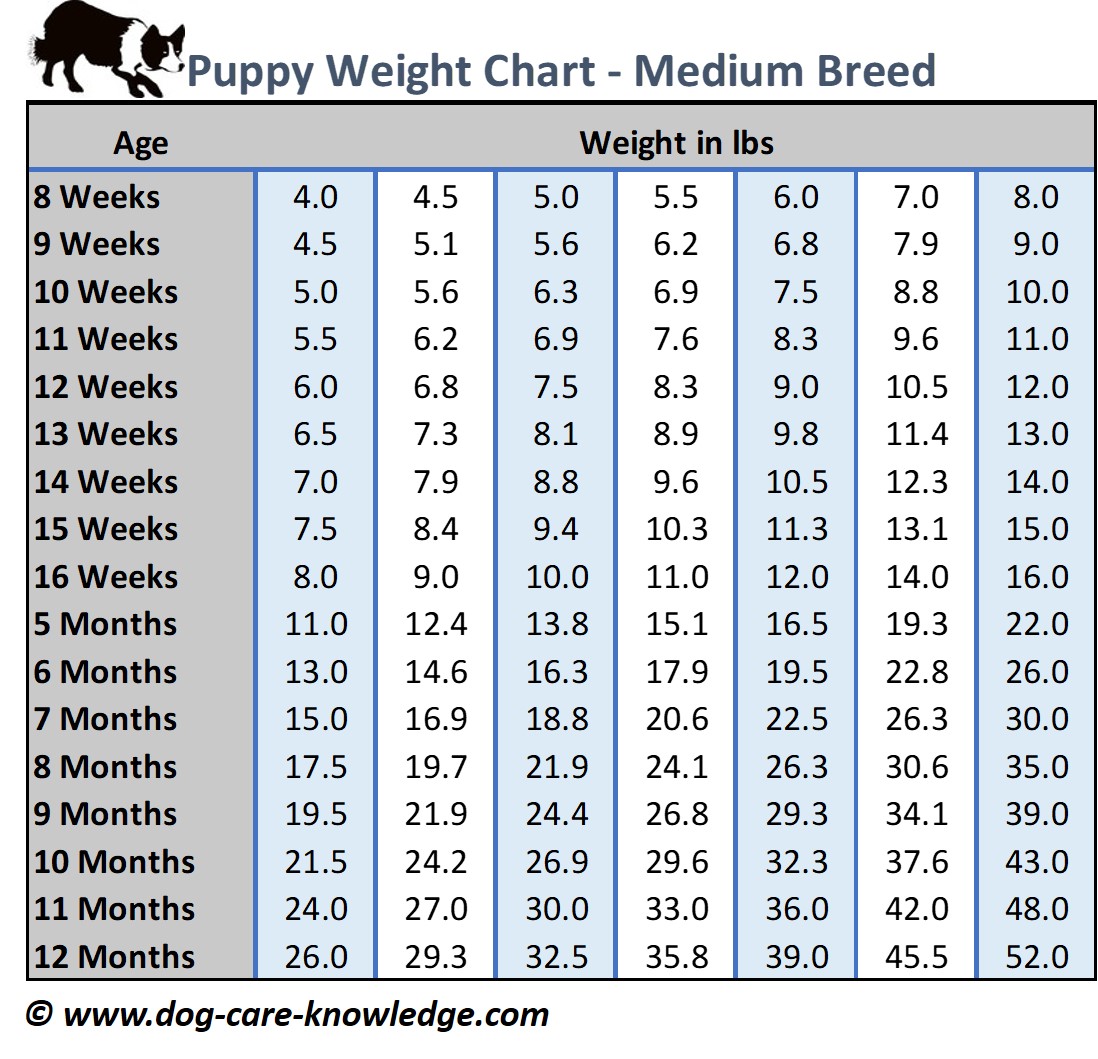Miniature
Golden Retrievers aka Miniature Retrievers DO shed. Yes, they do !
.
So, people's next question is "HOW MUCH do they shed" ? That varies and that
is also subjective. Certainly a 35 pound dog has fewer square inches of body mass than an 85 pound dog. So in
that respect, yes they shed much less. But the Mini Retrievers are intended to be just like the standard sized Goldens
in all aspects and that "look" includes the "hair" of the standard sized Golden Retriever. Typically
they go through a heavier shed twice a year, just like all shedding dog breeds. The brand/type of food and supplements,
the temperatures they live in and the amount and type of grooming can greatly affect their daily shedding and dander.
And, just like humans, they can have thin hair or thick hair. So some dogs do "shed" less than others
because they have a thinner or more scant coat type and others can have a lot of hair with a thick undercoat. As we
move forward in the development of our Mini Retrievers we are striving for the less undercoat type. BUT we cannot know
what type of coat a puppy will grow to have until they are older. Yes there is Poodle in the background of most
Mini Retrievers BUT the hair type of the Poodle is "removed" from the gene pool as people do not want a curly or
wavey coated Golden Retriever. In the "GOLDENDOODLES" the Poodle type coat is maintained or modified to be
not as tight of a curl, but the GOLDENDOODLES are intended to be "non-shedding".
.
Goldendoodles
are categorized as a non-shedding dog. (long hair on the feet and muzzle) A general rule of thumb that we have come up with is "if it has long
hair on the feet and muzzle, it most likely will be a non-shedding dog and it will need haircuts" and "if it has
smooth/short hair on the feet and muzzle, it will be a shedding dog that doesn't require haircuts".
.
We do not have the ability to predict or tell anyone how big a puppy will grow to be. We wish we did, but that
is impossible. So we will sometimes offer a "guess" but this in no way something we can or do guarantee.
All we can tell people is the size of the parent dogs and the current weight of the puppies on a given day. At NO TIME
do we EVER want to read or hear that "I was told this puppy would be XX lbs." or that "this puppy was
suppposed to be XX lbs."
WE
NEVER TELL ANYONE HOW BIG A PUPPY WILL GROW TO BE !!!
IT IS NOT POSSIBLE.
For guessing, we use a puppy's weight at a given
week and then multiply it. This is for the SMALLEST size we would guess it to be. After that base, add 5 to 10
pounds from there. If the puppy is exceptionally large for the litter, it will not follow this. Likewise, if the
puppy is exceptionally small for the litter, then this chart will not be as accuarate either. The largest puppy in the
litter will have a tendancy to have to be multiplied one more step up from smaller pups. Part of the problem is that
the weights of the ancestors can be a 15 pound Poodle and also an 80 pound Golden Retriever. How the genes match up
within a pedigree dictates the size. That is why in the same litter there can be a puppy that will grow to be twice
the size of the smallest pup in the litter. Each pup can inherit it's size differently based on how the genes match
up for that particular puppy. The problem is that some pups stop growing at around 8 months of age and the larger ones
can not stop growing until they are around 12 months of age. The younger they are the less able we are to offer a guess
at an adult weight. But here is what we use as a "base". This is the "minimum" guess.
Go up from there to get a "range".
Under 6 weeks of age - we are not able to offer a guess.
6
weeks: x 7
7 weeks: x 6
8 weeks: x 5
9 weeks: x 4
10 weeks: x
3.5
11 weeks: x 3
12 weeks: x 2.5
13 weeks: x 2.25
14 weeks: x 2
There
are a few websites out there that you can use and see how that works out. The below link is for a purebred Golden Retriever,
but so if you use that perhaps that would be a good "maximum" size guess ?
https://puppyweightcalculator.com/interactive-golden-retriever-growth-chart-and-calculator/?breed=Golden%20Retriever
Or
there is this chart below that we found in the internet.
.


